
Holiday Gift Ideas for your Mother (Earth)
Have you gotten gifts for everyone on your holiday list? CRTKL’s Nate Cherry reminds you not to forget Mother Earth, too.
Happy holidays! I appreciate this time of year because it allows to slow down, reflect on the year and prioritize what is important. One of my key goals for the coming year is to focus on local issues that we can understand and meaningfully impact. Although we like to chide developing countries about CO2 emissions, our comparative American carbon footprint per capita is more than 4x greater than China, 3x more than France and twice as great as the UK.
To the credit of leaders in our field, a lot of work has gone into developing progressive systems and the idea of the regenerative city, but a living example has not yet been fully realized. So in terms of inspiration, perhaps we can glean much more at the moment from real world examples of resilient practices in our existing cities. ARCADIS’ Sustainable Cities Index shows how much the behaviors of the collective can have a real impact, and we are starting to see some smaller countries being aggressive enough with energy production and changes in usage patterns to where they are becoming carbon neutral.
To me, the message is clear from these examples that we can realize great benefit today from even small changes in our own behaviors. If you agree, then I am sure you would also agree that our greatest challenge is to reexamine what our consumer lifestyle really means in terms of its cost to the earth’s health. I would like to offer a few suggestions to changes in habits—I picked 12 in honor of the 12 days of Christmas—that I have incorporated into my own day-to-day activities that have made a significant impact in my own life. Many of these are easy changes to existing habits, while others are additions to my routine that have not only saved energy and reduced my carbon footprint but have also really helped created a stronger sense of purpose in my life.
1. The Power of Habit
What is a lifestyle other than a series of interconnected habits? There is a wonderful book that I recently picked up that explains how habits work and how we can break them down to understand them, question their relevance and change over time. We first have to understand that all habits begin with what Charles Duhigg describes as “The Habit Loop”—a neurological pattern that governs any habit. It consists of three elements: a cue, a routine and a reward. Understanding these components can help us understand how to change bad habits or form good ones. Craving drives all habits and is essential to starting a new habit or destroying an old one. This is important foundational understanding if one is to be successful in changing habitual behaviors. I highly recommend the book as a first read toward changing behaviors.
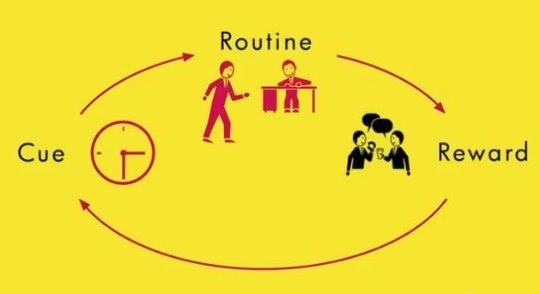
2. A Smarter Shower
Estimates vary, but the average American uses roughly 80 to 100 gallons of water in their home per day! Of that amount, the highest percentage is used in flushing toilets and taking showers. I am assuming that most of us have done the obvious stuff like changing fixtures to low flow and buying WaterSense-approved appliances already. If you take the average 5-7 minute shower with a low-flow shower head, that’s still 10-15 gallons per day. A low flow toilet uses 1.6 gallons per flush. If you flush only twice a day, that means you use about 15-20 gallons of water per day when combined with your shower. My suggestion is to capture the water that is running when you are waiting for the water to get hot and set it aside, and then shower, but turn the shower off when you are not rinsing soap off. Another suggestion is to use a simple sand timer in the shower. By doing this, I have been able to reduce my showers to about 3.0 gallons of water each. About 2 of those gallons can be used as water to flush the toilet. I have effectively reduced my water usage per day by 20% or more. In California, we spend a lot of time arguing about who is most responsible for managing our drought, but whether you are a farmer or an urban dweller, we all have to take a shower, and so this a behavior that can make a significant impact.
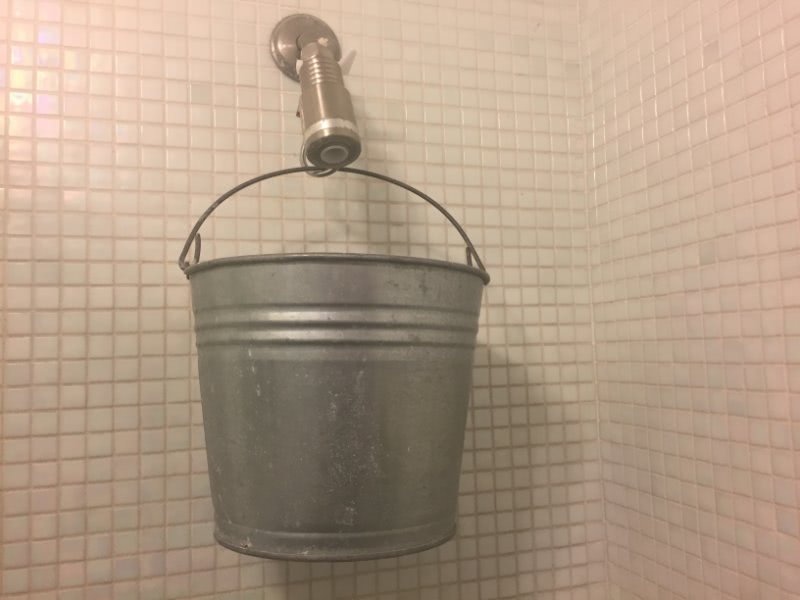
3. How does your garden grow?
If you live in a townhouse or apartment, having an elaborate garden is out of the question. However, that does not stop you from having an herb garden. This is an important element in creating a healthy home environment. Beyond the benefits of having fresh herbs with which to cook, the benefits from gardening have been linked to higher self-esteem and less anger and depression. Many herbs have cancer-fighting anti-oxidants, and there has been much research about the health risks of irradiated food, including packaged herbs. You will also save money on groceries!
You can even take it a step further and start composting. The benefits of composting are many. Composting organic materials reduces the amount of food that goes to the landfill. When food is disposed of in the landfill, it quickly rots and becomes a significant source of methane, a potent greenhouse gas with 21 times the global warming potential of carbon dioxide. Landfills account for more than 20 percent of all methane emissions. Recovering and recycling food waste diverts organic materials from landfills thus reducing these emissions. The use of recycled food waste as compost improves soil health and structure, increases drought resistance and reduces the need for supplemental water, fertilizers and pesticides.
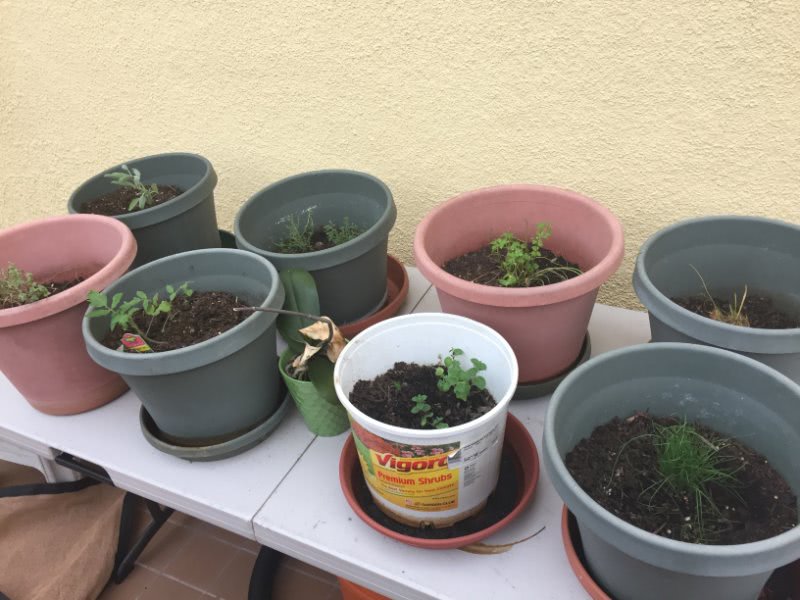
4. Water, water everywhere
Everybody knows that California is in a severe drought. But do you know that when it does rain, much of that fresh water simply runs into the Pacific Ocean? In fact, for every inch of rain that falls on Los Angeles, 3.8 billion gallons of water simply become urban runoff going directly into our waterways. Because the water is moving fast, picking up pollutants and trash, it negatively affects the ocean’s water quality, putting people and marine life in danger. If we could slow that water down and capture it for home use, it would make us much more climate-resilient.
Your roof is an ideal catchment area for rain diversion. You can use gutters, downspouts and rain chains to push the water into a tank or rain barrel. People have collected rainwater for thousands of years all around the world. Capturing it not only saves money but also helps make a positive impact by conserving precious drinking water. It has rained on only about 3 days this winter in Los Angeles, and already my 55 gallon rain barrel is full with pure rain water from the roof. That full barrel will water my plants and offer emergency drinking water to my family.
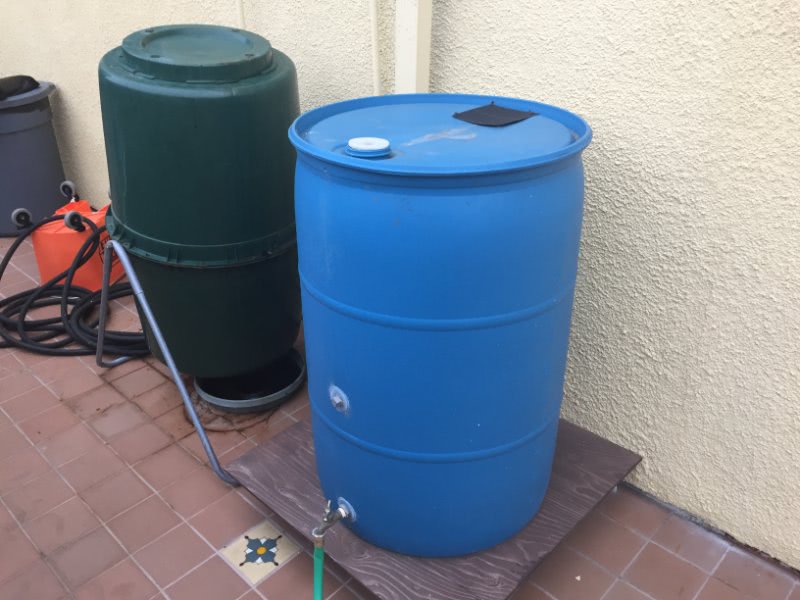
5. On the Grid
Most of the electricity in the U.S. comes from polluting, non-renewable sources, making electricity production the number one industrial cause of air pollution in the U.S. Actually, about 40 percent of the carbon dioxide emissions come from power plants. This heat-trapping gas causes global warming, which may lead to increased droughts, flooding, disease, ecosystem disruption and severe weather.
Alternatively, clean energy sources such as PV, hydroelectric, geothermal and wind are virtually 100 percent pollution-free and renewable. Not all of us are able to make the investment in our own PV array, but one easy way you can contribute to cleaner energy production is to sign up for your local power company’s Green Energy Program. It usually costs only a few cents per kilowatt hour; my experience is that about 15 percent is added to my electric bill on average to support green power, and even just that amount can make a real impact on how power is sourced over time. The more investment we have in renewable power, the cheaper it will become.
6. In Transit(ion)
Energy from transportation contributes more than half of the carbon monoxide and nitrogen oxides and almost a quarter of the hydrocarbons emitted into our air. Although the promise of autonomous vehicles running on cleaner energy sources is significant, the ability for single occupancy vehicles to solve the challenge is unlikely. The easiest way we can make an impact today is to incorporate the use of public transportation into our commuting routines. As an added benefit, many bus systems are already converting from diesel to electric or biodiesel. This will reduce emissions and dependence on oil. In fact, a bus only needs to carry 3-8 people to break even with a car in terms of CO2 emissions on a trip of equivalent length. Also, buses, trains, light rail and ferries generally have dedicated travel paths that are quicker than your car.
7. Two wheels, not four
Americans always seem pressed for time. Many of us sacrifice our workouts regularly because of the demands of work. How can we make ourselves healthier in a busy, disruptive era? About 5 years ago, I incorporated biking into my daily commuting routine. The great thing about biking is that it can be done in street clothes, and with the proper infrastructure, it can be done for both long commutes to work and short trips around the neighborhood. It’s been proven than cycling is one of the best exercises, especially as you get older, and it has been attributed to increasing mental acuity, improving joint health, reducing blood pressure, avoiding weight gain and improving self-esteem. Even more convincing is a study of former Tour de France riders which shows that cycling increases longevity. On average, the former champions lived 81.5 years compared to the general population’s 73.5 years. Furthermore, many cities are investing significantly in bike infrastructure like cycle tracks and other bike commuter amenities because it has been shown that cyclists contribute greatly to the creative economy.
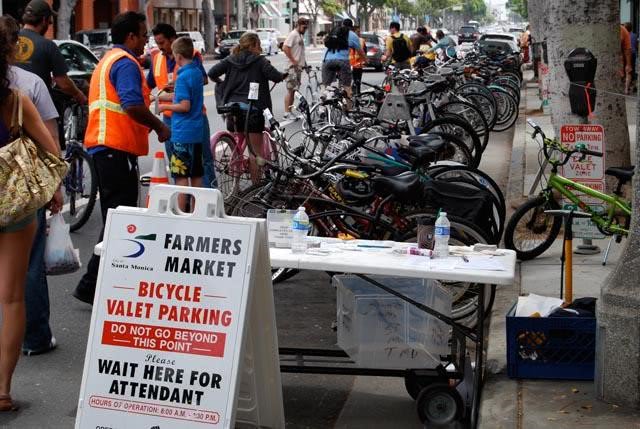
8. Starving from Abundance
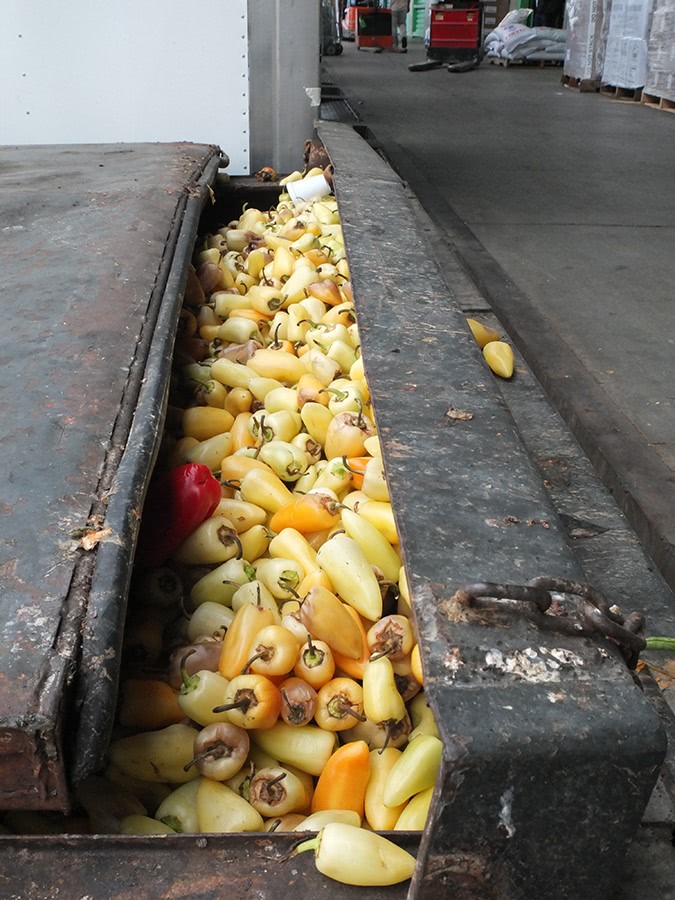 Estimates vary, but energy usage in the production of food in America is about 12% to 17% of our overall energy demand. Although more than I would hope, this statistic is a testament to the efficiency of our agricultural system. What is truly upsetting, are Americans’ collective behaviors regarding our food abundance. A recent report released by the Natural Resources Defense Council revealed that as much as 40% of the food that we are growing, raising and cooking in America gets thrown away, directly into a landfill. That number is even higher for perishable food groups like fruits and vegetables. Why are Americans throwing away an estimated 6 billion pounds of food every month? Some of the reasons include: 1) our collective buying standards which require that fruits and vegetables be free of blemishes, spots or wrinkles, 2) the overstocking and over-purchasing of food, and 3) confusion about sell-by and expiration dates.
Estimates vary, but energy usage in the production of food in America is about 12% to 17% of our overall energy demand. Although more than I would hope, this statistic is a testament to the efficiency of our agricultural system. What is truly upsetting, are Americans’ collective behaviors regarding our food abundance. A recent report released by the Natural Resources Defense Council revealed that as much as 40% of the food that we are growing, raising and cooking in America gets thrown away, directly into a landfill. That number is even higher for perishable food groups like fruits and vegetables. Why are Americans throwing away an estimated 6 billion pounds of food every month? Some of the reasons include: 1) our collective buying standards which require that fruits and vegetables be free of blemishes, spots or wrinkles, 2) the overstocking and over-purchasing of food, and 3) confusion about sell-by and expiration dates.
Whether it’s ugly or not quite fresh, the food that we are throwing away is, for the most part, perfectly edible and tasty. The tragedy is that the United States is losing a significant percentage of its food supply at time when there are nearly 50 million people in the United States living without suitable access to healthy food. What can we do about this issue? First, we can volunteer at a local food bank, which works to distribute perfectly good food to those most in need. Before you go, look in your pantry for any unused canned food can be donated. Second, we can freeze leftovers, helping preserve it for a later time. Lastly, we can eat less meat, specifically beef.
9. Less screen time
How connected do you feel to your family, your neighborhood and your town? I would argue that the cultural shift toward online communications has begun to fray the social fabric of our communities. If you are a parent, you are probably worried about the amount of time your kids are engaged in looking at a computer, tablet or smartphone, but did you know that a recent study has found that parents commit on average more than 9 hours a day themselves to watching electronic screens of some kind? The impact of excessive screen time is well documented and has been linked to depression, obesity, reduced mental acuity, a lack of empathy for others and even a shorter life span. If you are worried about your kids being tethered to devices, they probably are learning it from you. Common Sense Media has some interesting suggestions about how to modify our behaviors and build more meaningful relationships, including the “device-free dinner.”
10. Out of the closet
My kids love clothes. There’s no denying it. You name it, and my kids wear it: Forever 21. Brandy Melville. Roxy. H&M. Pac Sun. American Apparel. Any sport they take on requires a new team uniform. Plus, they’re growing, so their sizes are in constant transition. We want them to have a reasonable level of nice things, so we also encourage them to spend their money on whatever they want. Guess what they usually buy: clothes, clothes, clothes!
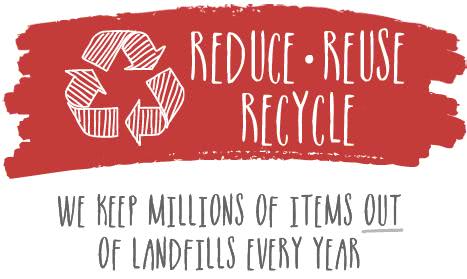
All this buying of clothes results in lots—and I mean lots—of extra clothes. And guess what, the textile industry is one of the biggest polluters on the globe. Next to the fossil fuel industry, it’s #2 on the list. On average, Americans discard 81 pounds of textiles every year. We try to instill a sense of discipline by using the mantra, “One In, Two Out.” Anything that comes into the home needs to be balanced by two objects leaving. Does this mean we have to throw things out? Of course not. We recycle whatever we can. Companies like STAPLES accept e-waste of all kinds, and there are reuse based clothing companies like Savers. Savers upcycles clothing and sells what they can. What they can’t sell, they send to the needy in developing countries. It’s important to keep in mind that any piece of clothing has a limited useful life, and eventually it will wind up in a landfill. We could all benefit from buying less clothes, but make sure that you recycle the ones you no longer want or need, as well. The holidays are a perfect time to pare down.
11. Tree of knowledge
According to my research, it is a misnomer that fake holiday trees are a more environmentally responsible choice than real ones. The benefits of buying a real tree include: 1) an acre of fir trees can consume 12,000lbs of CO2, 2) for every Christmas tree cut down, tree farms plant 1-3 new trees to protect and maintain a healthy supply, 3) trees are usually planted in otherwise unusable areas such as barren slopes, making them a good use of land and helping to retain topsoil and 4) 85% of fake trees are made in China. Trees you buy at a local tree lot usually come from farms in your state. Not only does this help local businesses, but it also cuts down on shipping and packaging. Fake trees are made out of petroleum-based plastics and are not biodegradable. The only benefit of a fake tree is reuse. If you reuse a tree for 15-20 years, you’ll start to break even on the environmental impact. However, most fake trees don’t last that long.
In some cities you can even rent a living tree for the holidays. Or, you can do what we do and buy a living tree to keep, making it a source of enjoyment all year long!
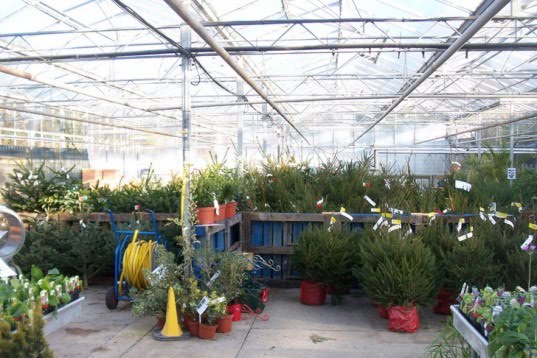
12. Top of Mind
Let’s face it. We live in a stressful world. Increasing your capacity for mindfulness supports many attitudes that contribute to a satisfied life. Being mindful makes it easier take on life in real time, helps you become fully engaged in activities and creates a greater capacity to deal with adverse events. By focusing on the here and now, many people who practice mindfulness find that they are less likely to get caught up in worries about the future or regrets over the past, are less preoccupied with concerns about success and self-esteem and are better able to form deep connections with others.
And if that is not the point of the holiday season, what is?
